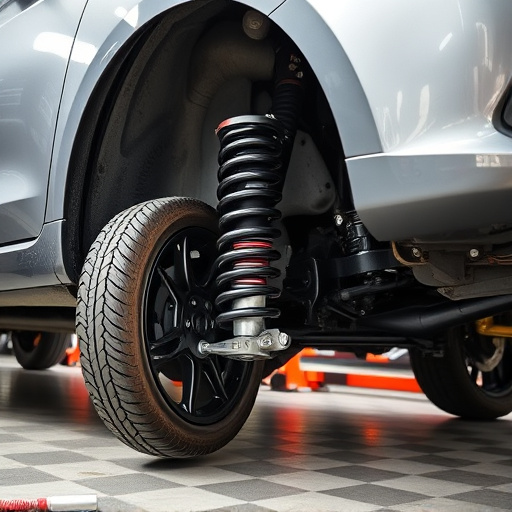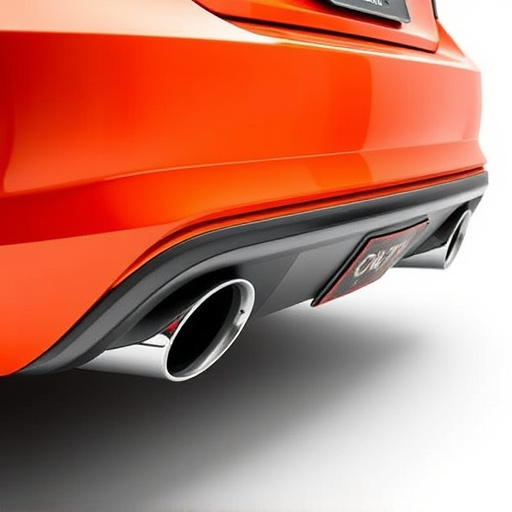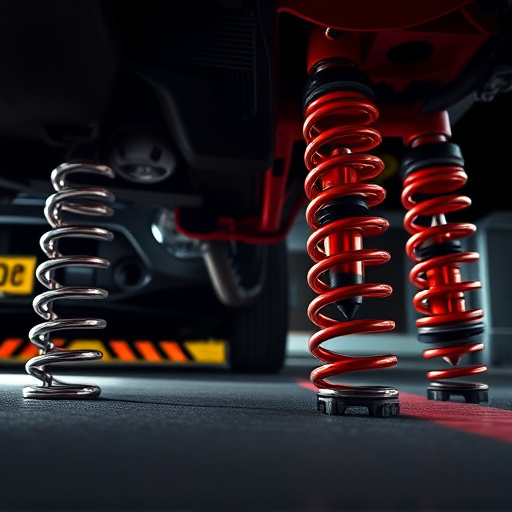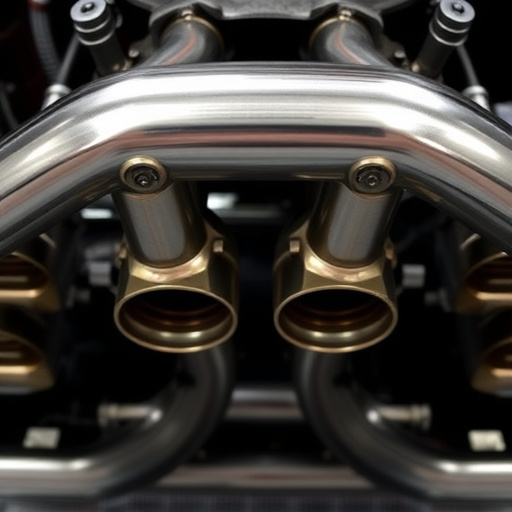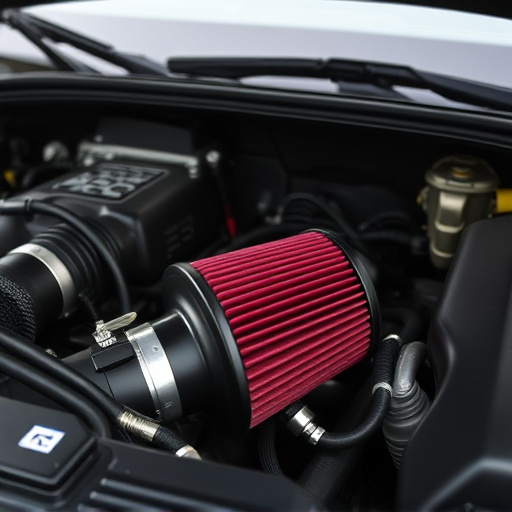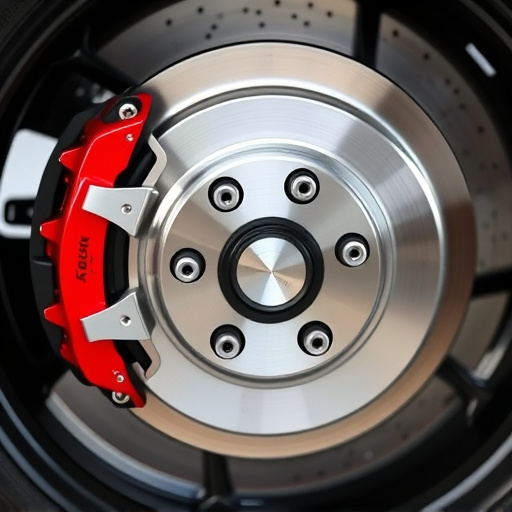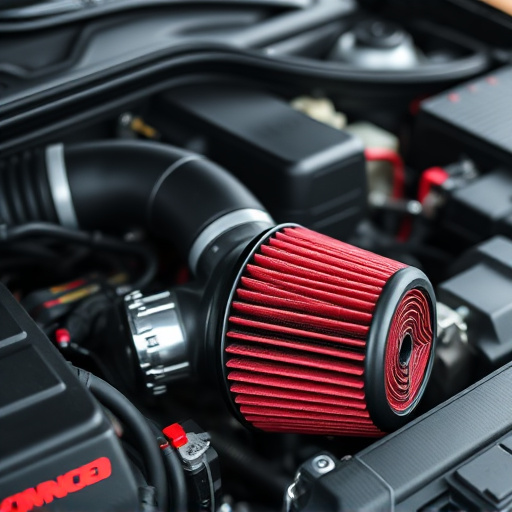Modern vehicles' exhaust systems rely on catalytic converters, which need periodic replacement due to wear, damage, or engine modifications. Regular maintenance checks are vital for early detection of issues and environmental compliance. The replacement process involves removing the old converter, installing a new one with secure connections, testing for leaks and functionality, and varying time frames based on vehicle specifics and part accessibility.
Planning a catalytic converter replacement? Understand the timeline. This comprehensive guide breaks down the process, from identifying issues to common factors affecting installation time. Learn about the step-by-step replacement process and discover what can lengthen or shorten the procedure. By understanding these key aspects, you’ll be better equipped to schedule your vehicle’s necessary maintenance efficiently.
- Understanding Catalytic Converter Issues
- The Step-by-Step Replacement Process
- Common Factors Affecting Replacement Time
Understanding Catalytic Converter Issues
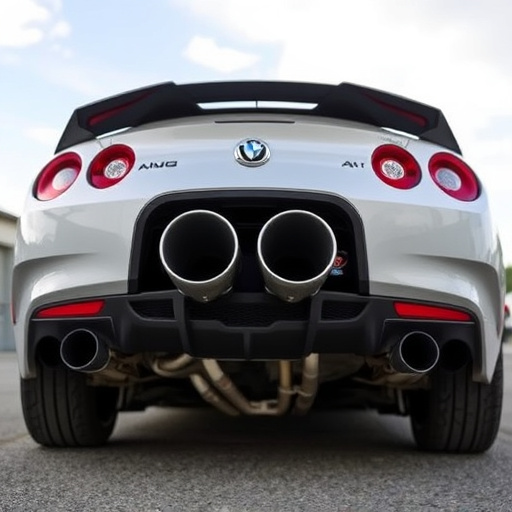
Catalytic converters are an essential component of modern vehicles’ exhaust systems, playing a crucial role in reducing harmful emissions and improving air quality. Over time, these components can suffer from various issues, leading to their replacement. One common problem is damage or blockage caused by wear and tear, especially in vehicles with high mileage. This can result in reduced engine performance and increased pollution levels, as the catalytic converter may no longer function optimally.
Other factors contributing to catalytic converter issues include accidental damage, such as during a collision or when driving over curbs, and the presence of certain substances like corrosive fluids or extreme heat from defective exhaust mufflers or faulty cooling systems. Additionally, modifications to a vehicle’s engine, like installing cold air intakes, can impact the converter’s longevity. Regular maintenance checks can help identify these problems early on, ensuring timely catalytic converter replacement and maintaining the vehicle’s environmental compliance.
The Step-by-Step Replacement Process
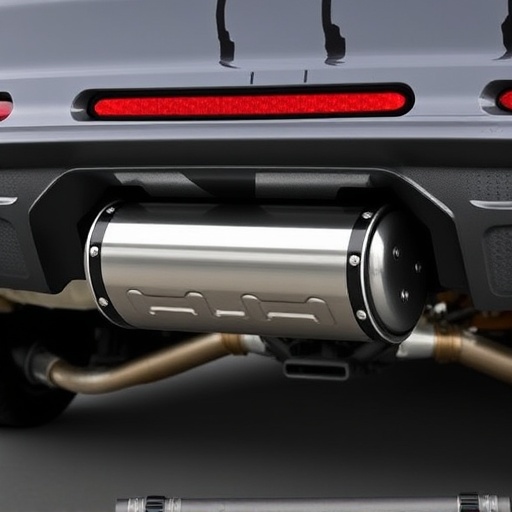
The process of replacing a catalytic converter is generally straightforward but requires careful attention to detail. It begins with identifying the need for replacement, usually due to damage, wear and tear, or failure indicated by check engine lights. Once the decision to replace is made, the first step involves removing the old catalytic converter from the vehicle, which often requires loosening suspension components and disconnecting exhaust mufflers to gain access.
After the old converter is removed, mechanics install the new one, ensuring proper alignment and secure connections. This involves bolting in the new catalytic converter and reattaching any disconnected exhaust parts. Next, an air filter kit may be replaced as part of routine maintenance to ensure optimal performance. Finally, once all components are secured, the system is tested for leaks and functionality before being approved for road use.
Common Factors Affecting Replacement Time
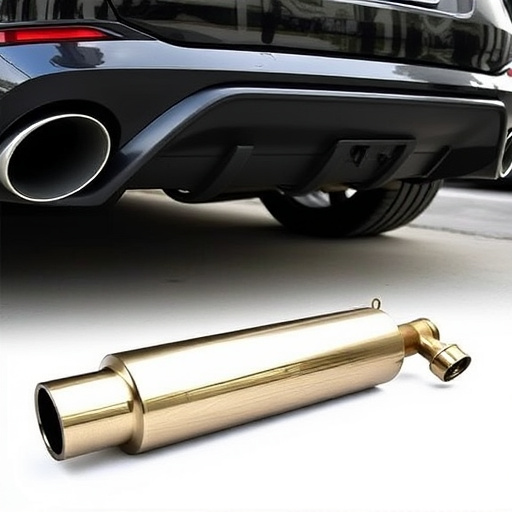
The duration of a catalytic converter replacement can vary significantly based on several factors. First, the make and model of your vehicle play a crucial role; some cars have more intricate conversion systems that require more time for disassembly and reassembly. Age is another critical consideration; older vehicles might need additional work due to wear and tear, whereas newer models could have more straightforward replacement processes.
Furthermore, the accessibility of the catalytic converter can impact the timeline. Vehicles with hard-to-reach converters may necessitate specialized tools and techniques, adding complexity and time. Other factors include your mechanic’s experience with such replacements, as well as the availability of parts. Upgrading to high-performance exhaust or air intake systems, while not directly related to the conversion itself, can also influence the overall duration, especially if modifications to the performance brakes or other components are involved.
A catalytic converter replacement is a necessary maintenance task that can vary in duration based on several factors. Understanding these elements, from identifying issues to selecting the right parts, ensures a smooth and efficient process. On average, a complete catalytic converter replacement can take between 1-3 hours, but complex undercarriage or additional repairs might extend this timeline. By being aware of potential delays and having your vehicle inspected by professionals, you can ensure a timely and effective solution for your catalytic converter replacement needs.








